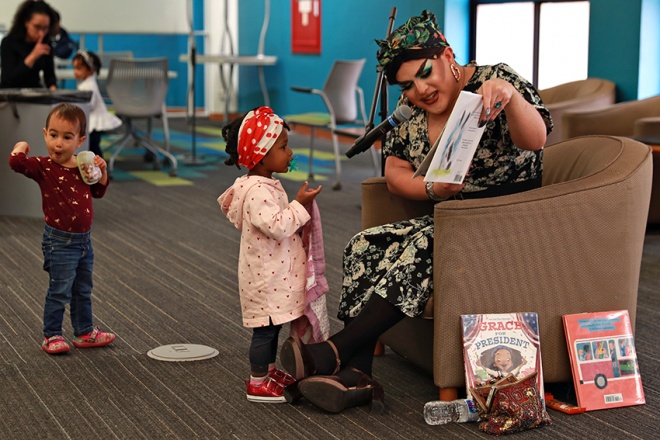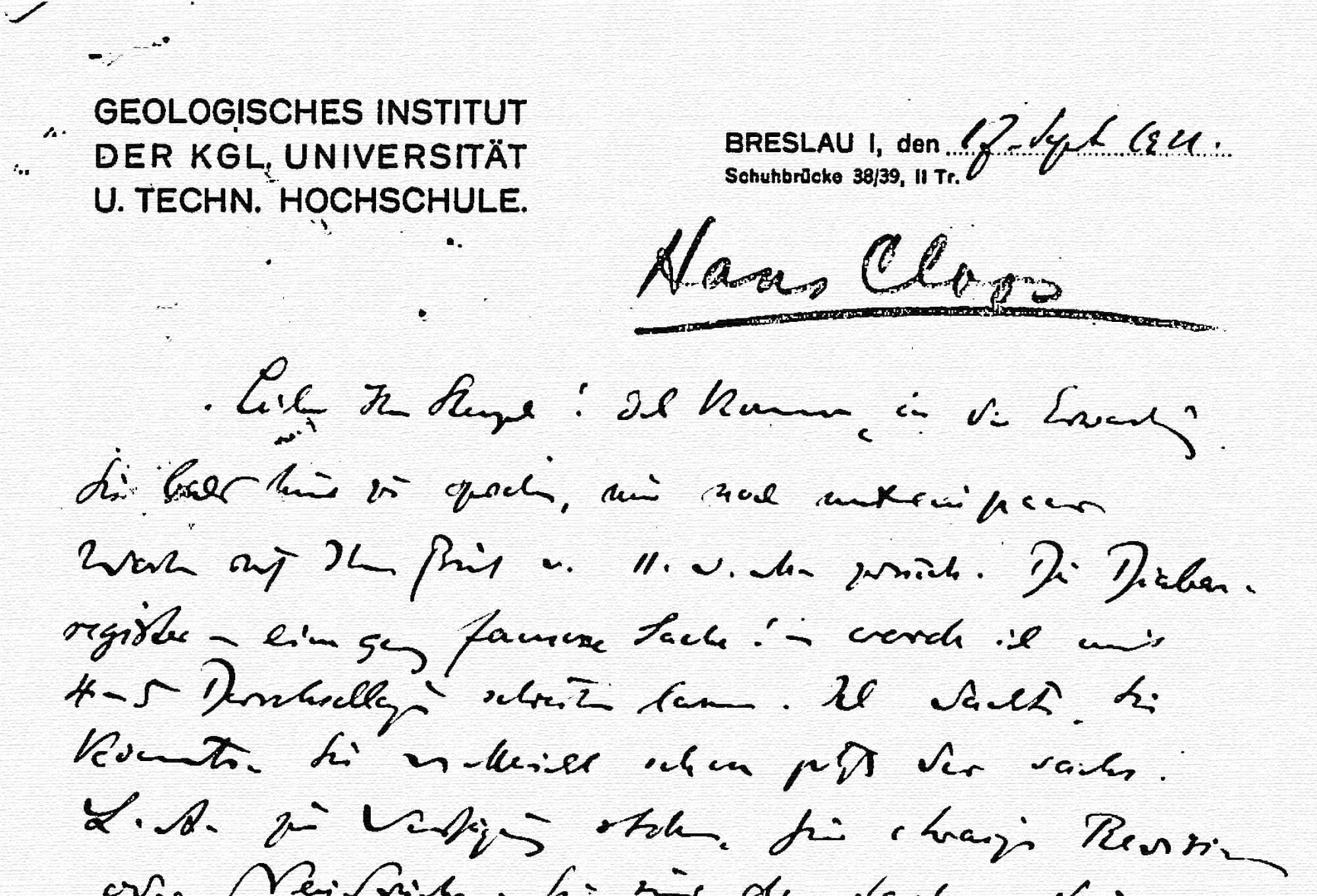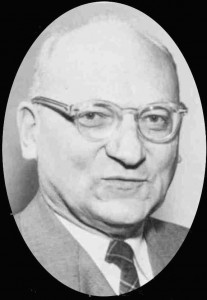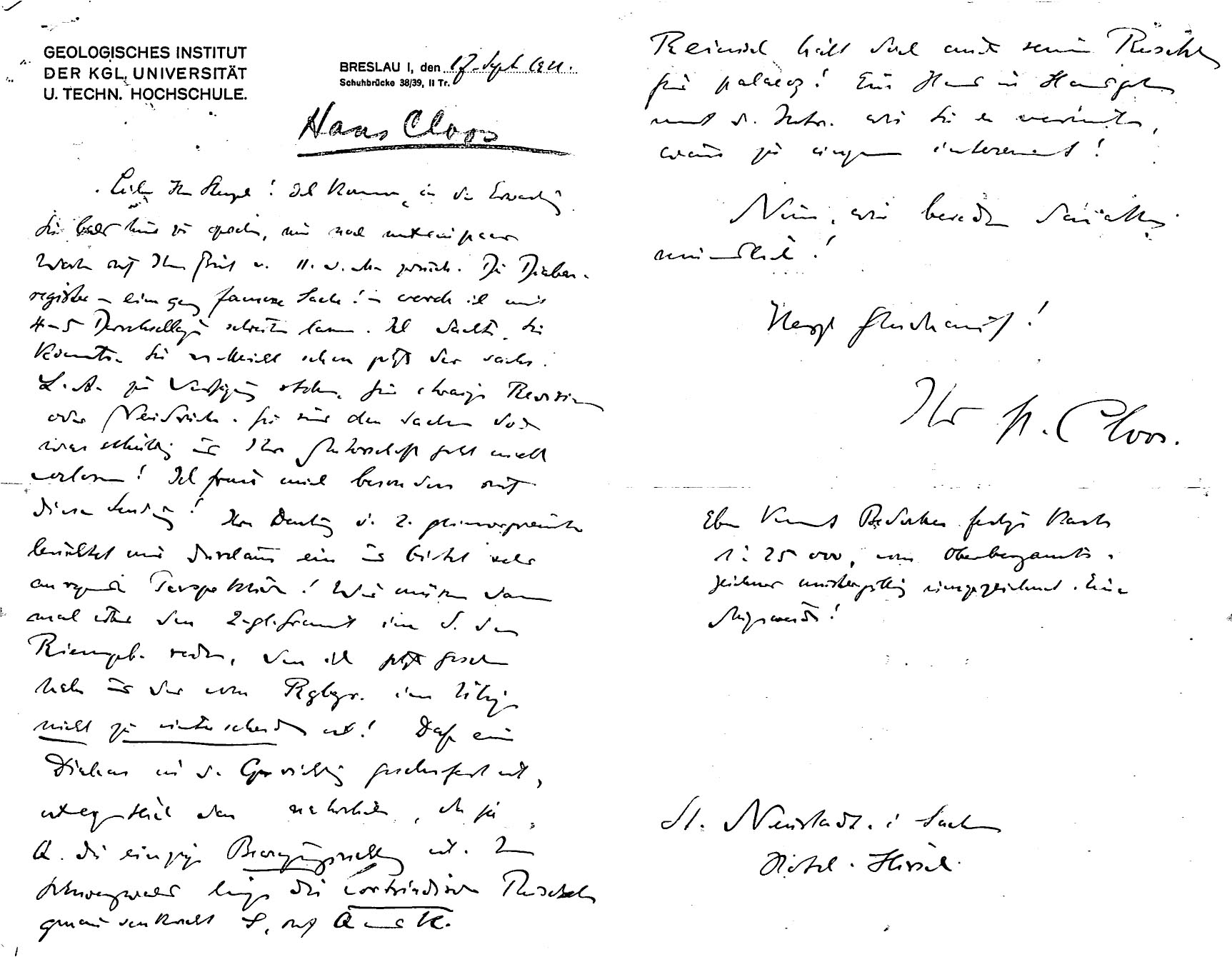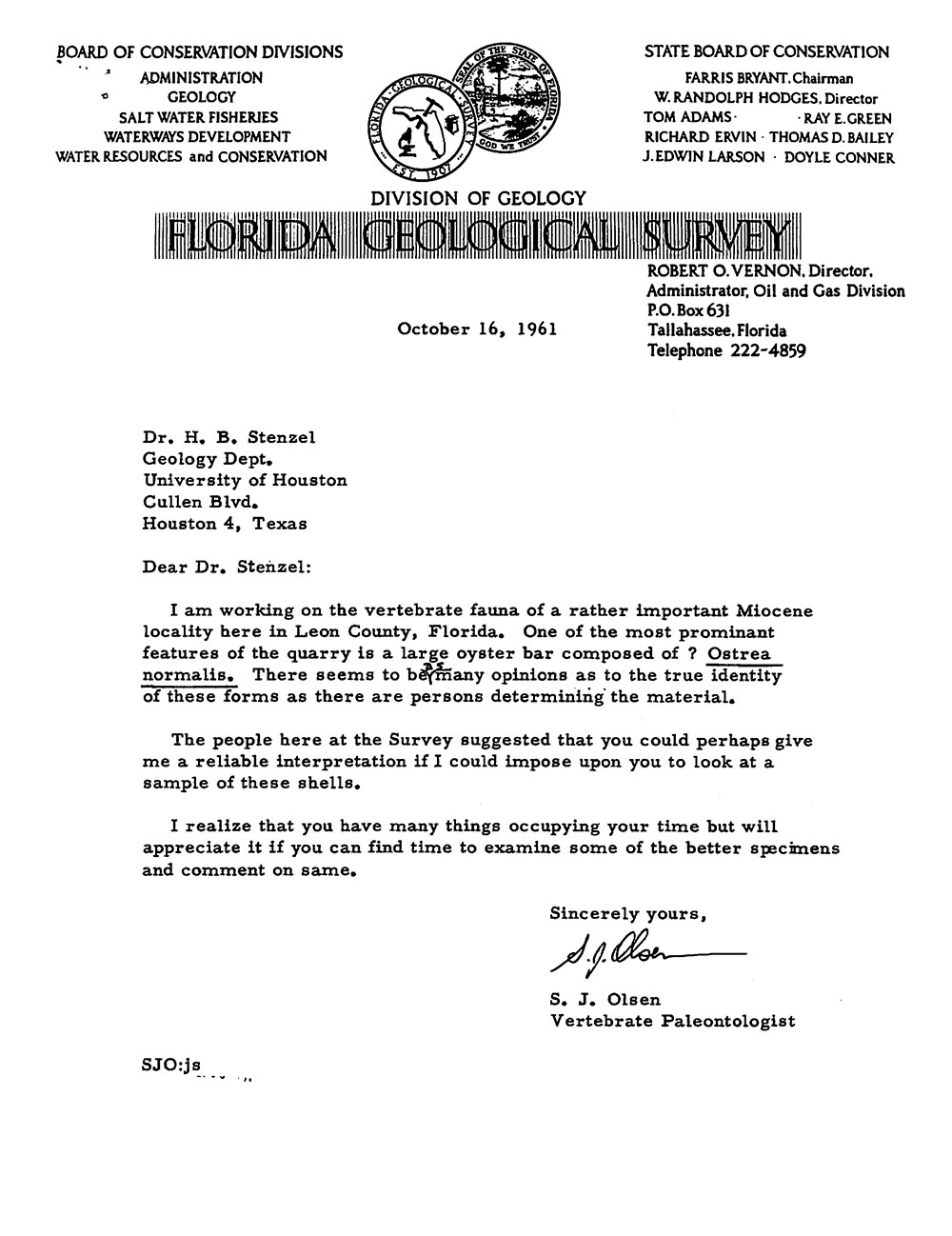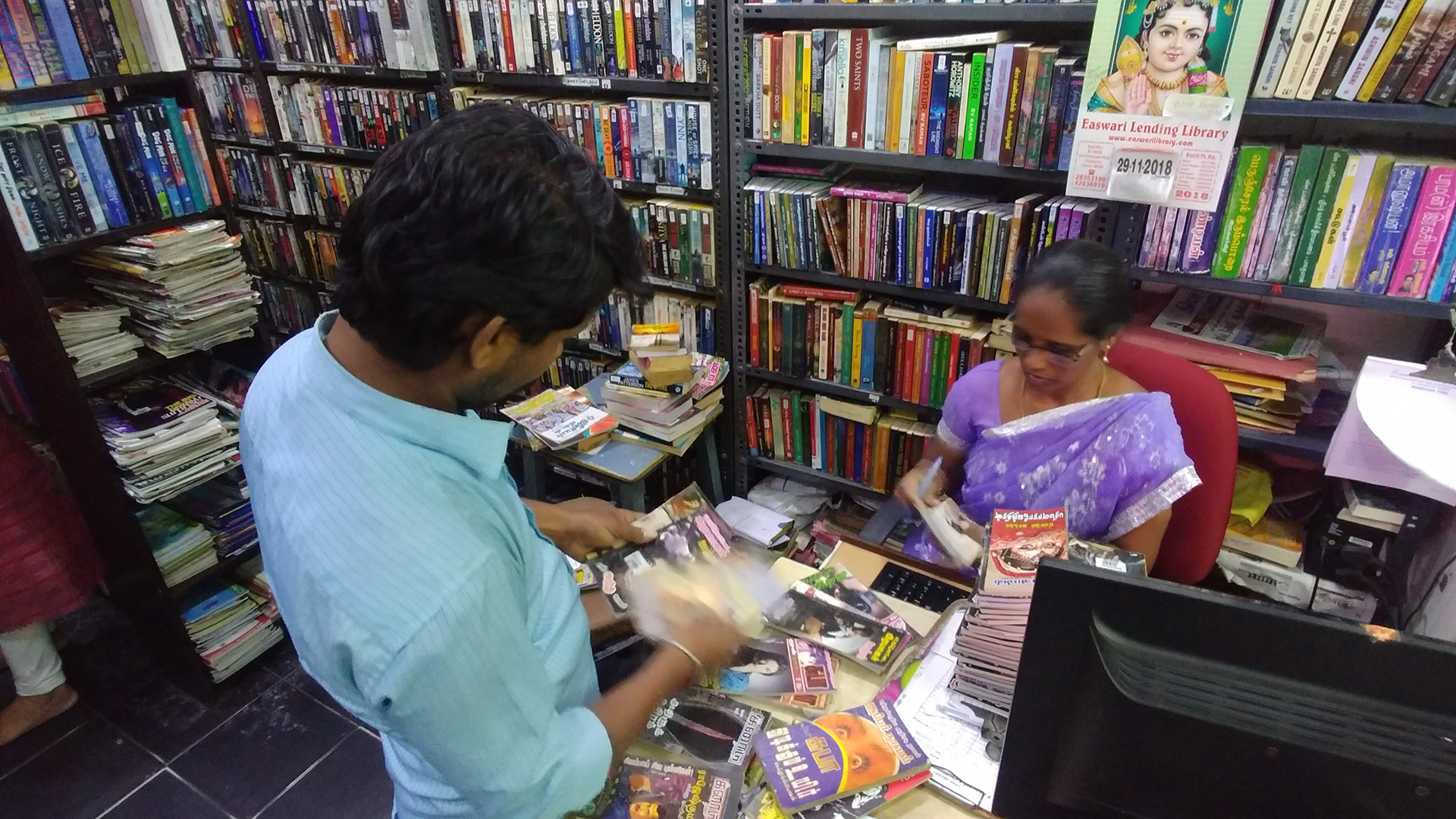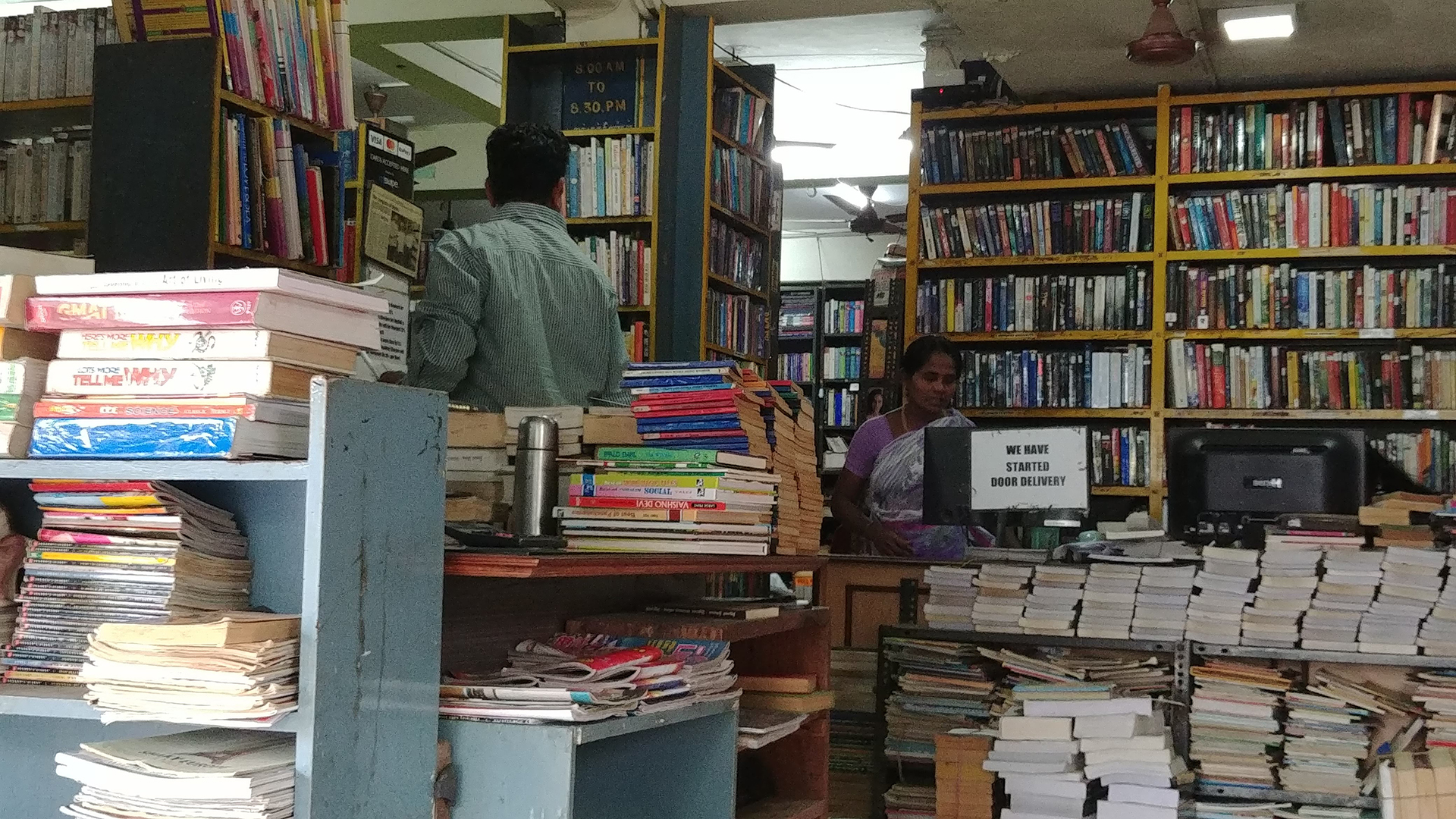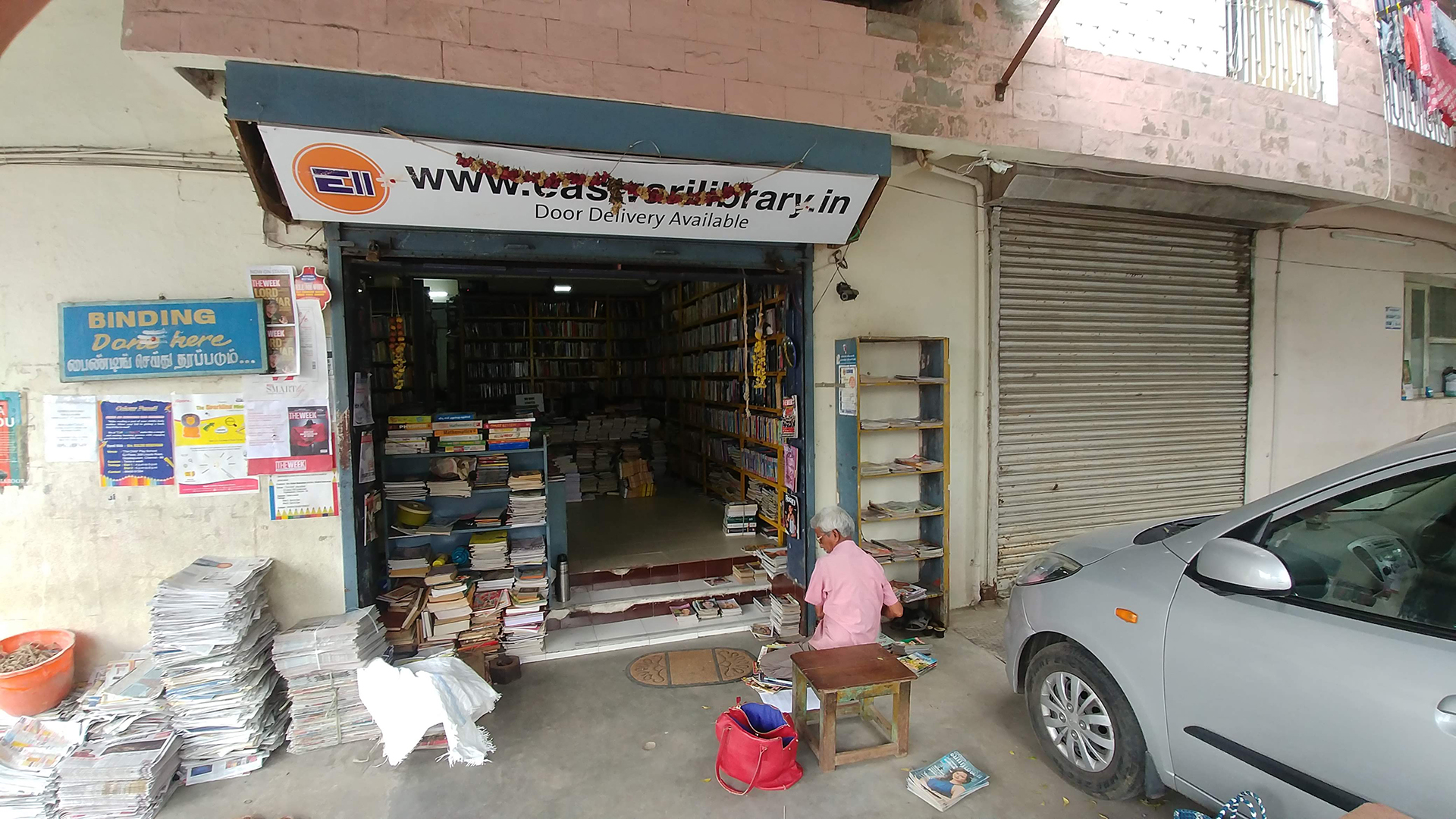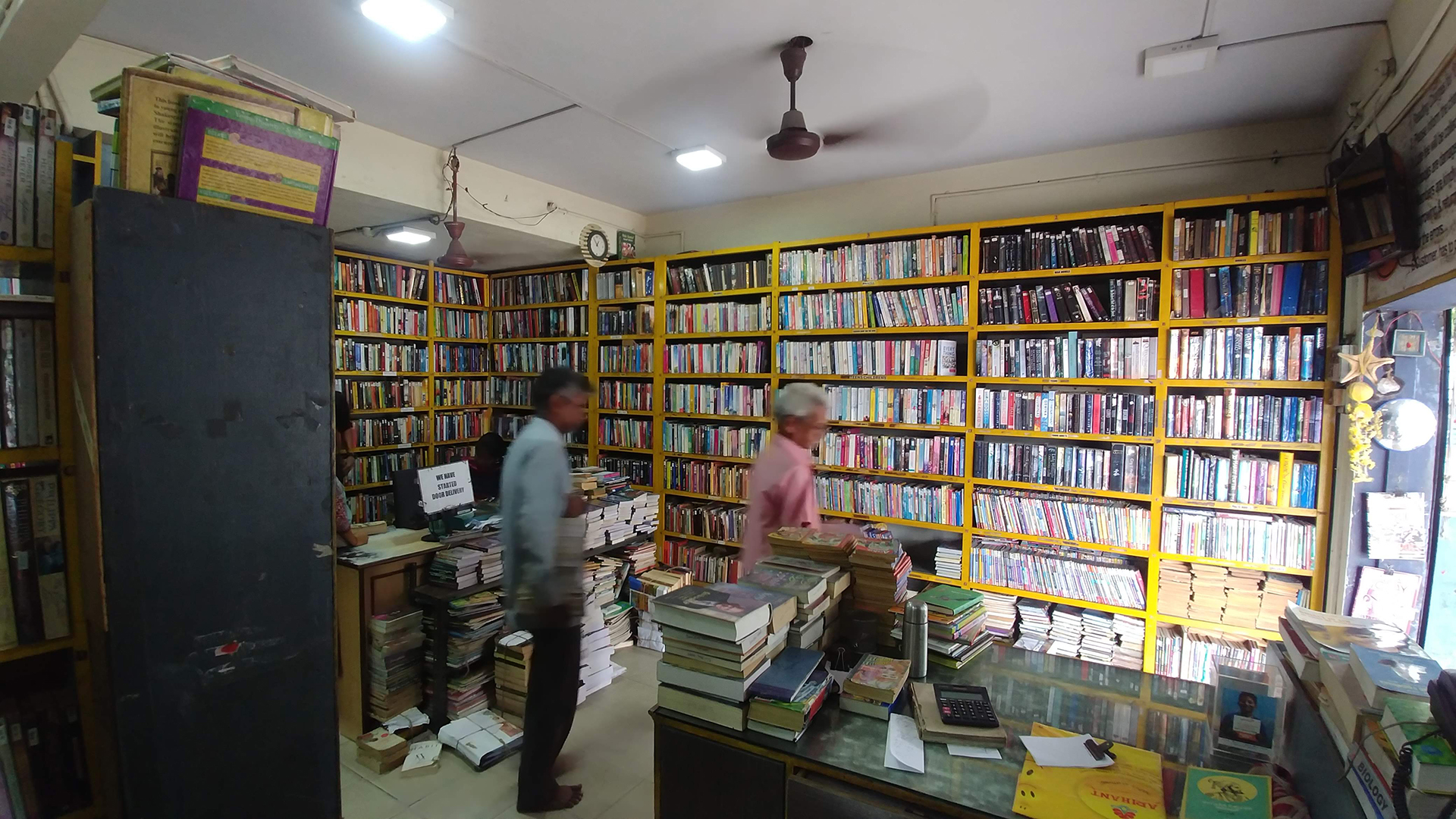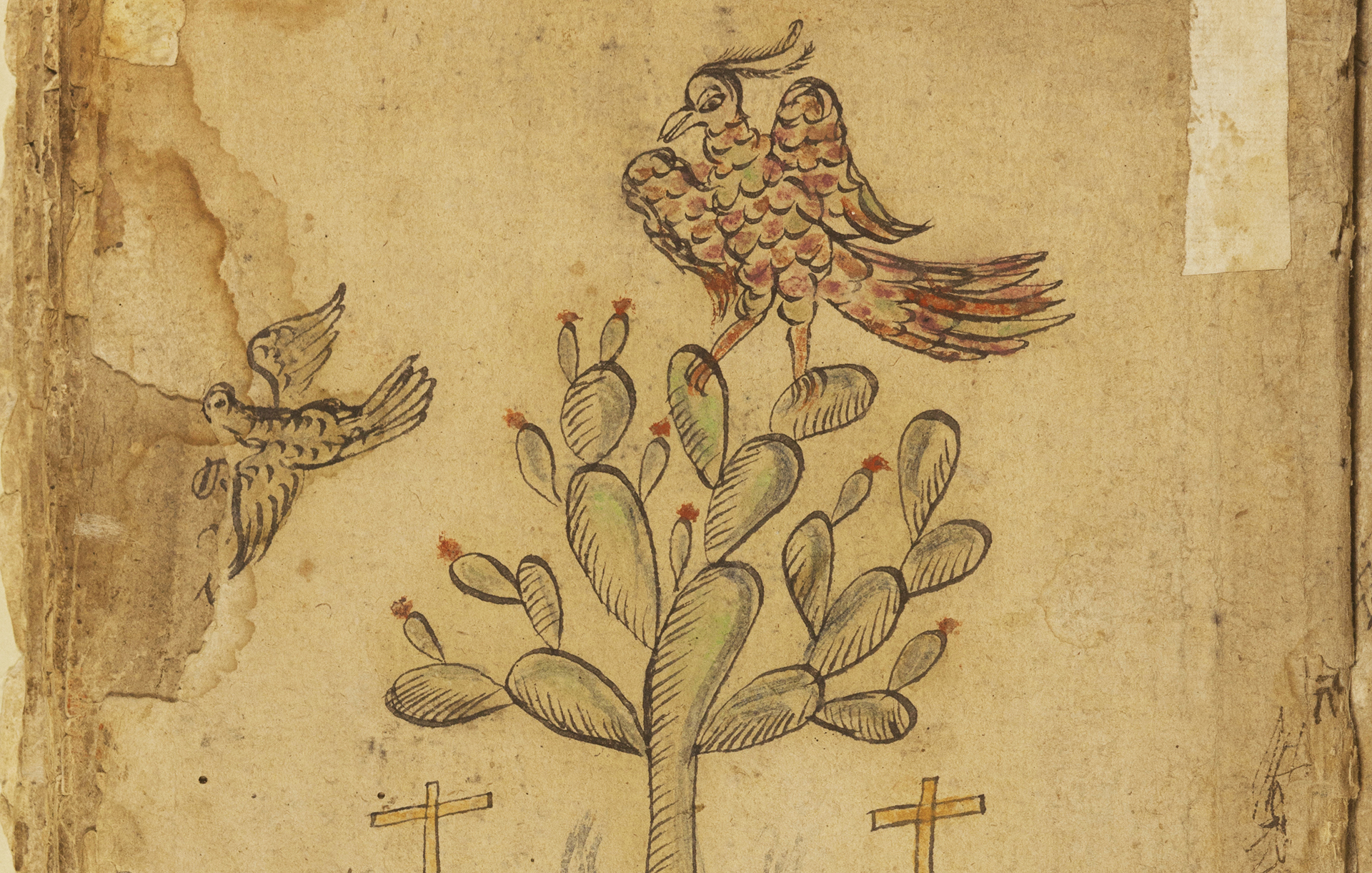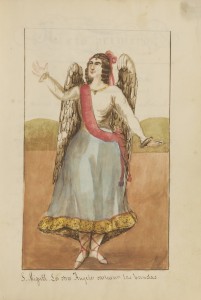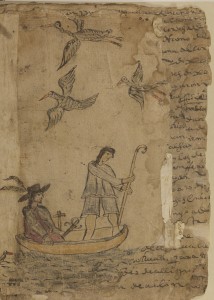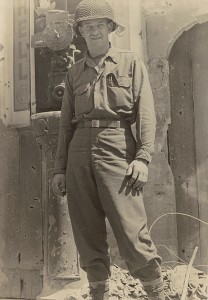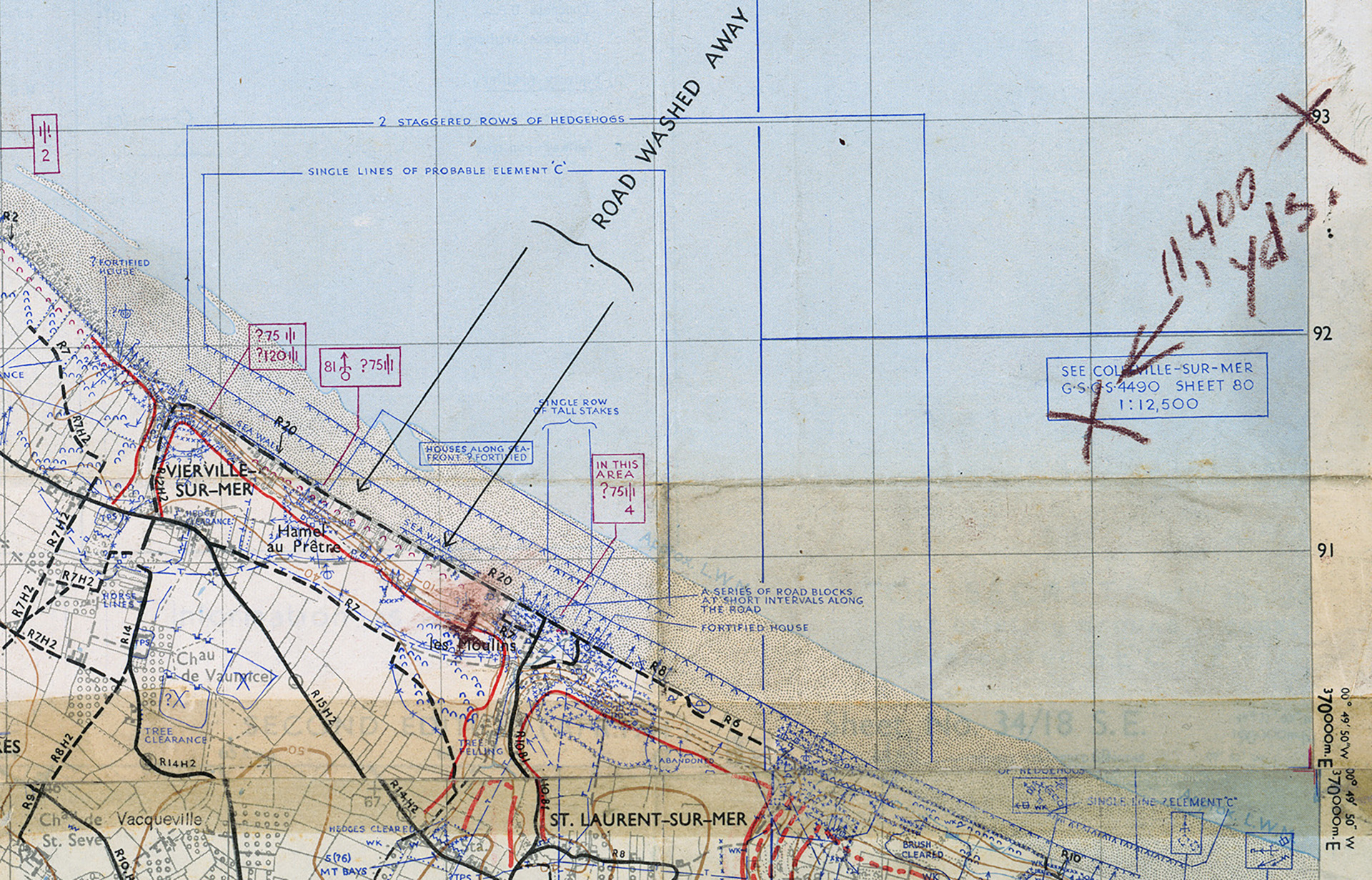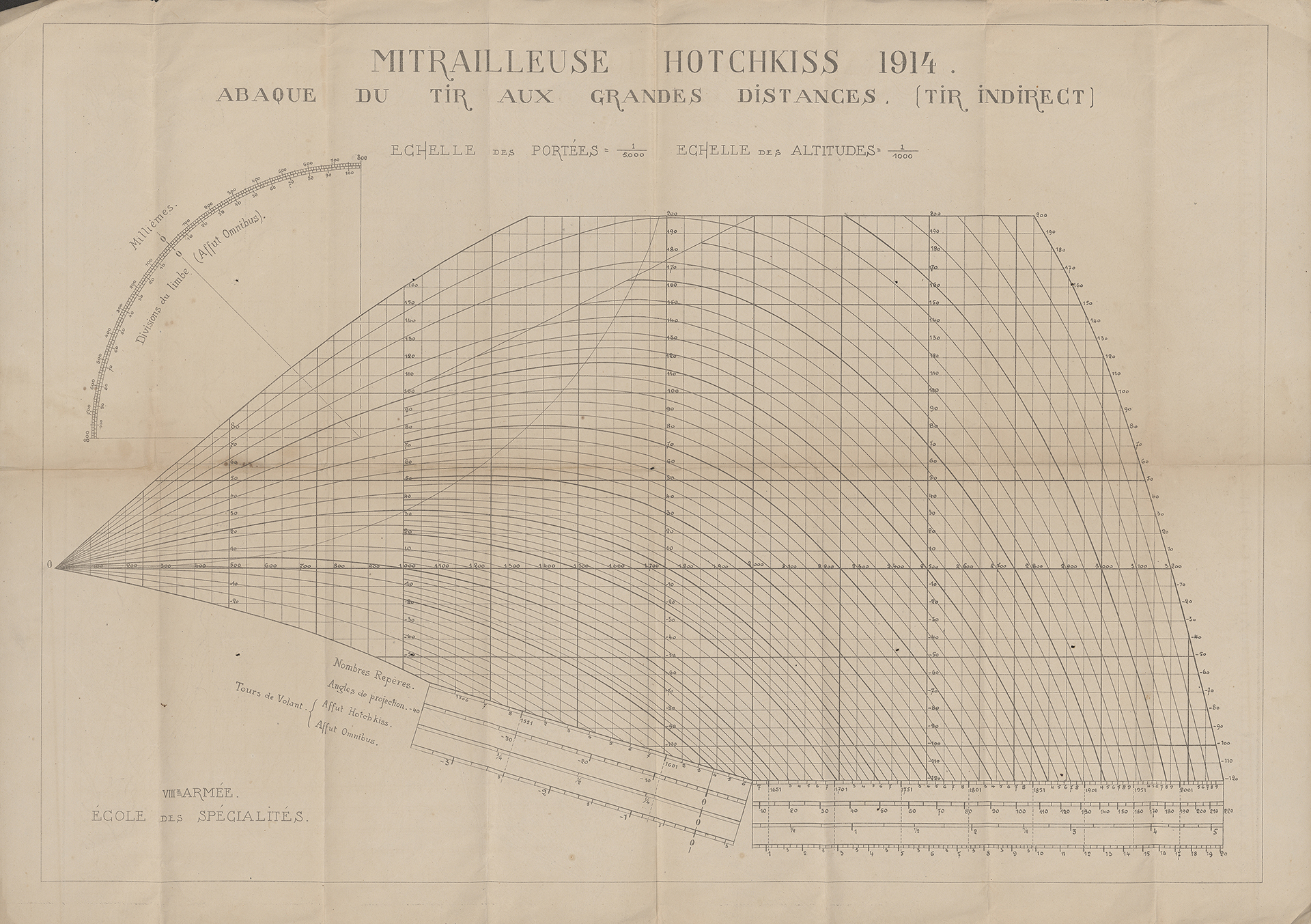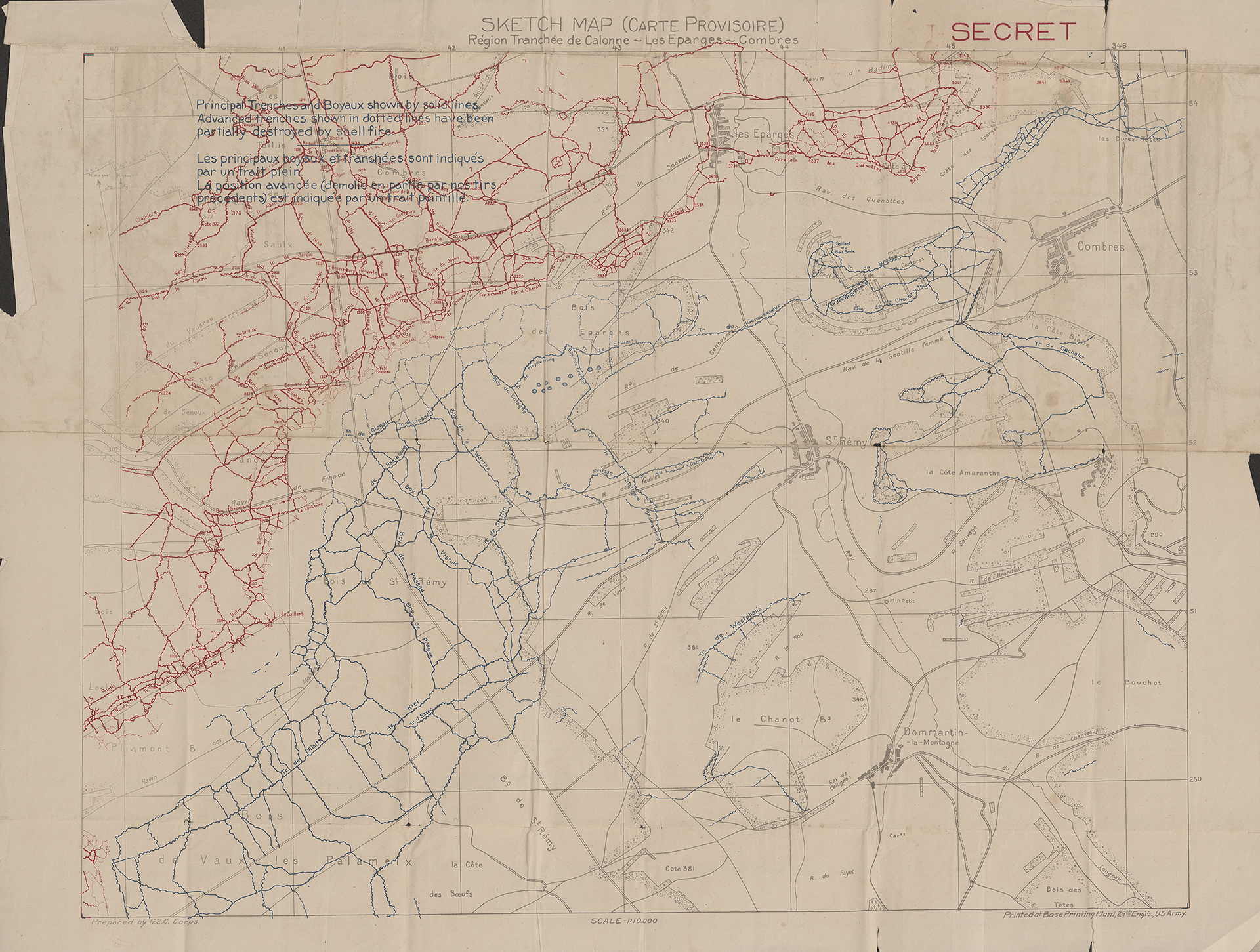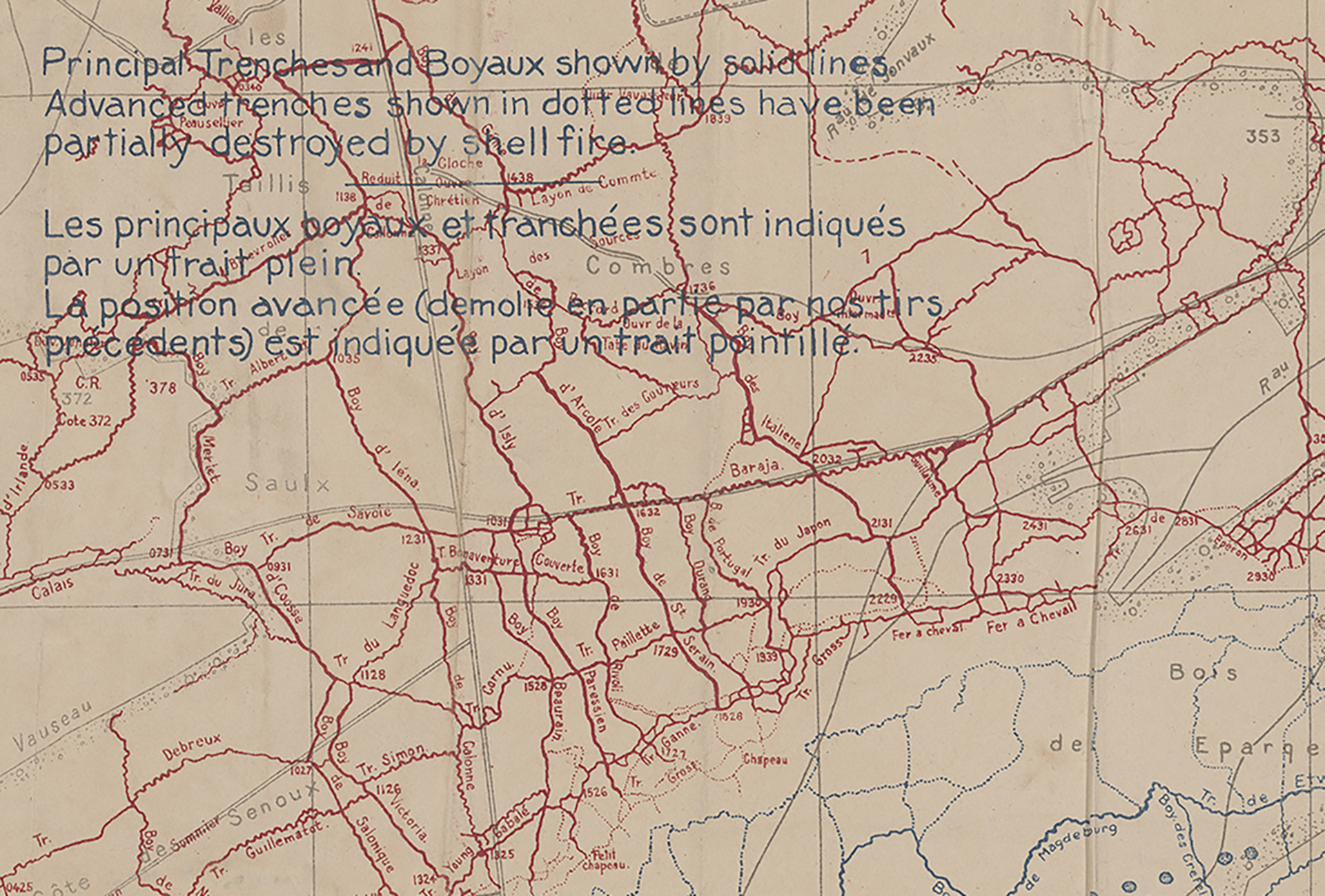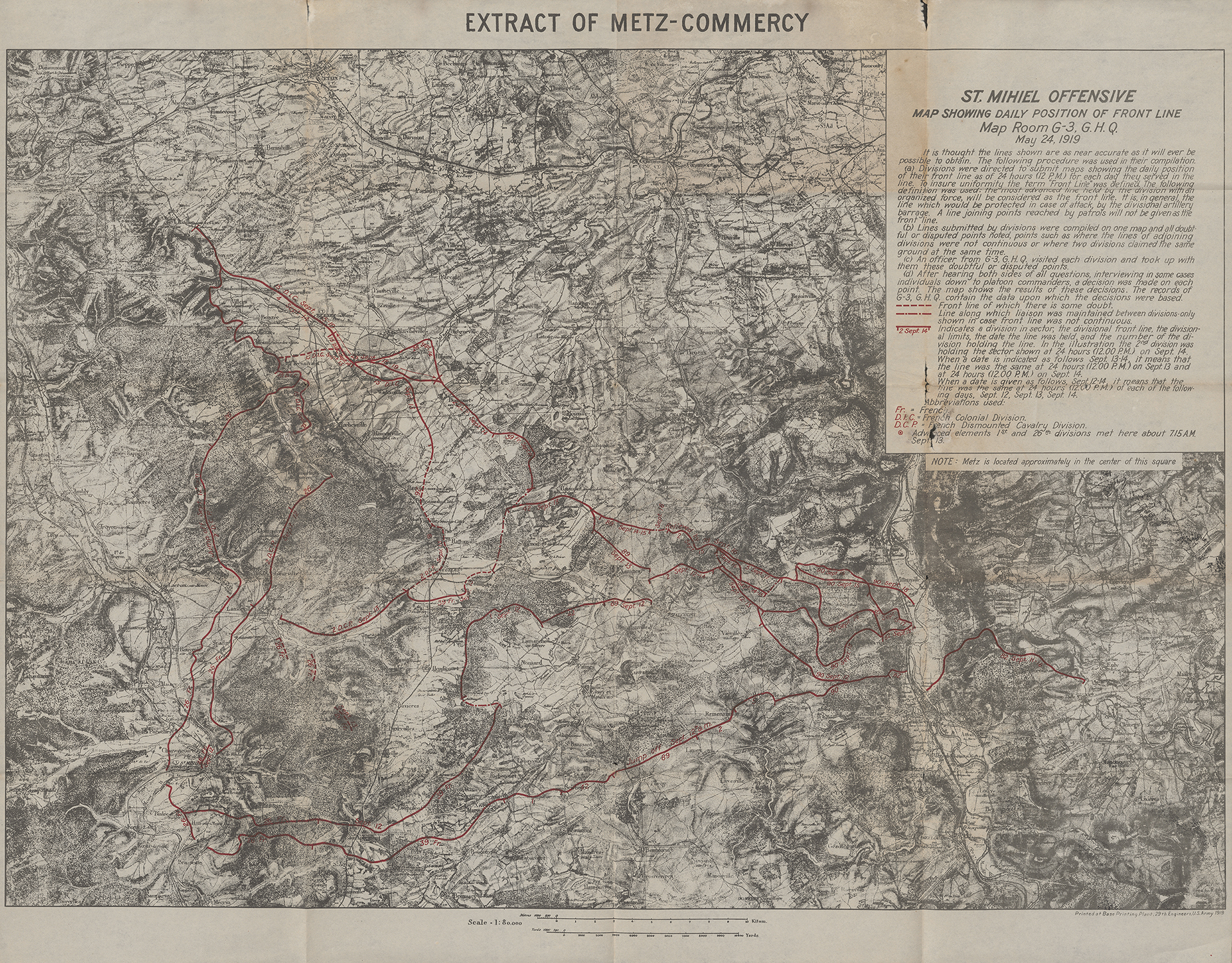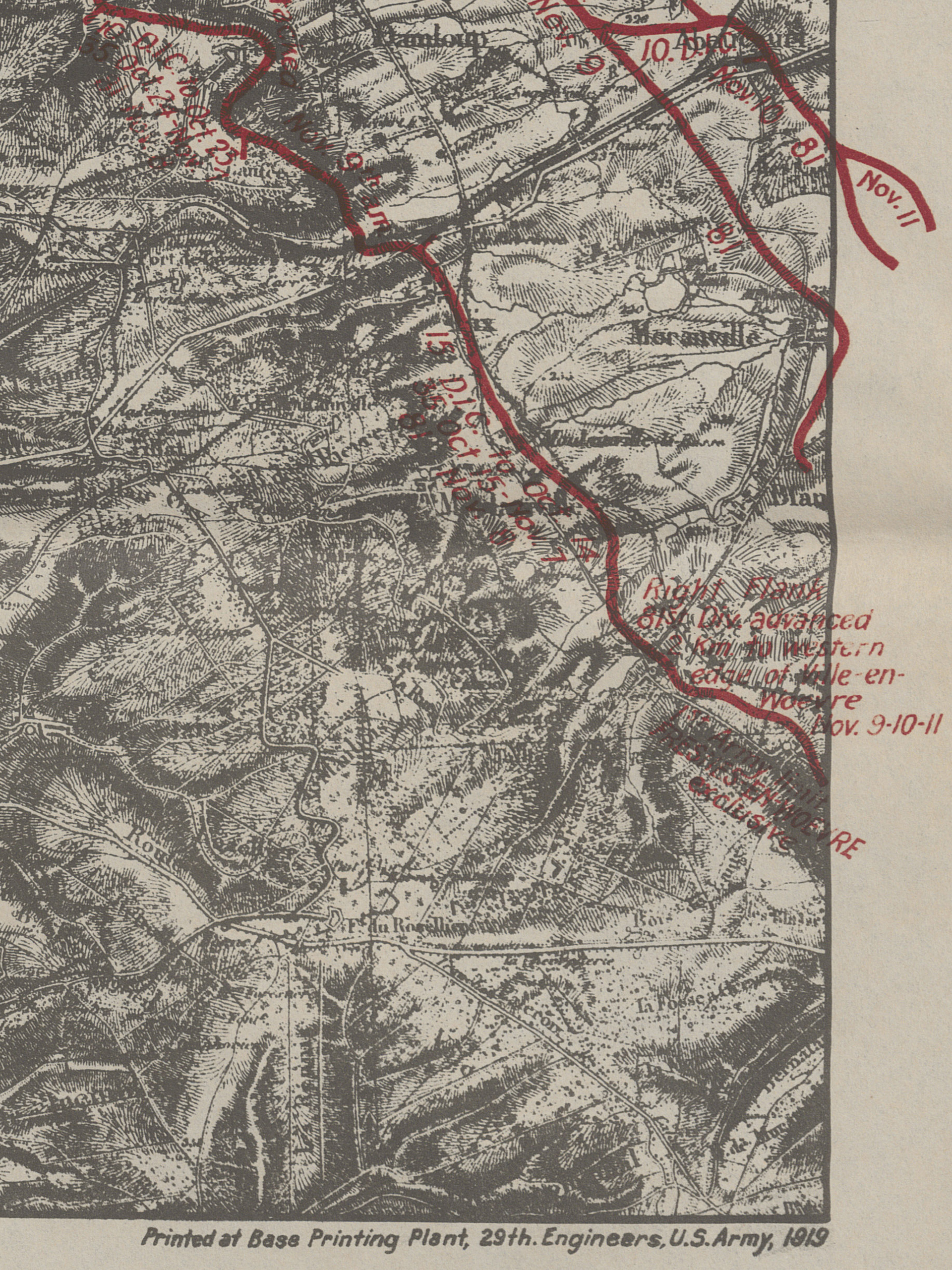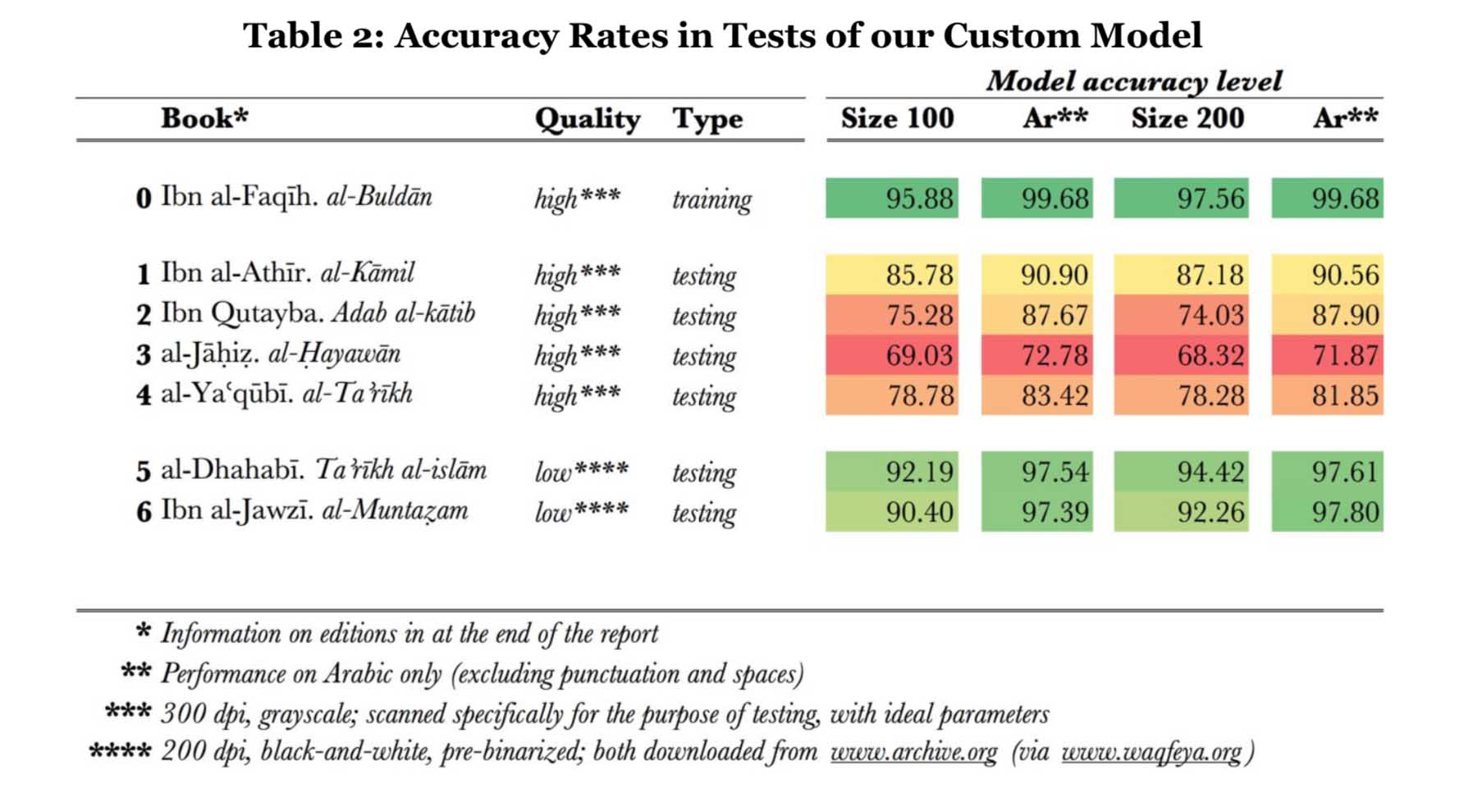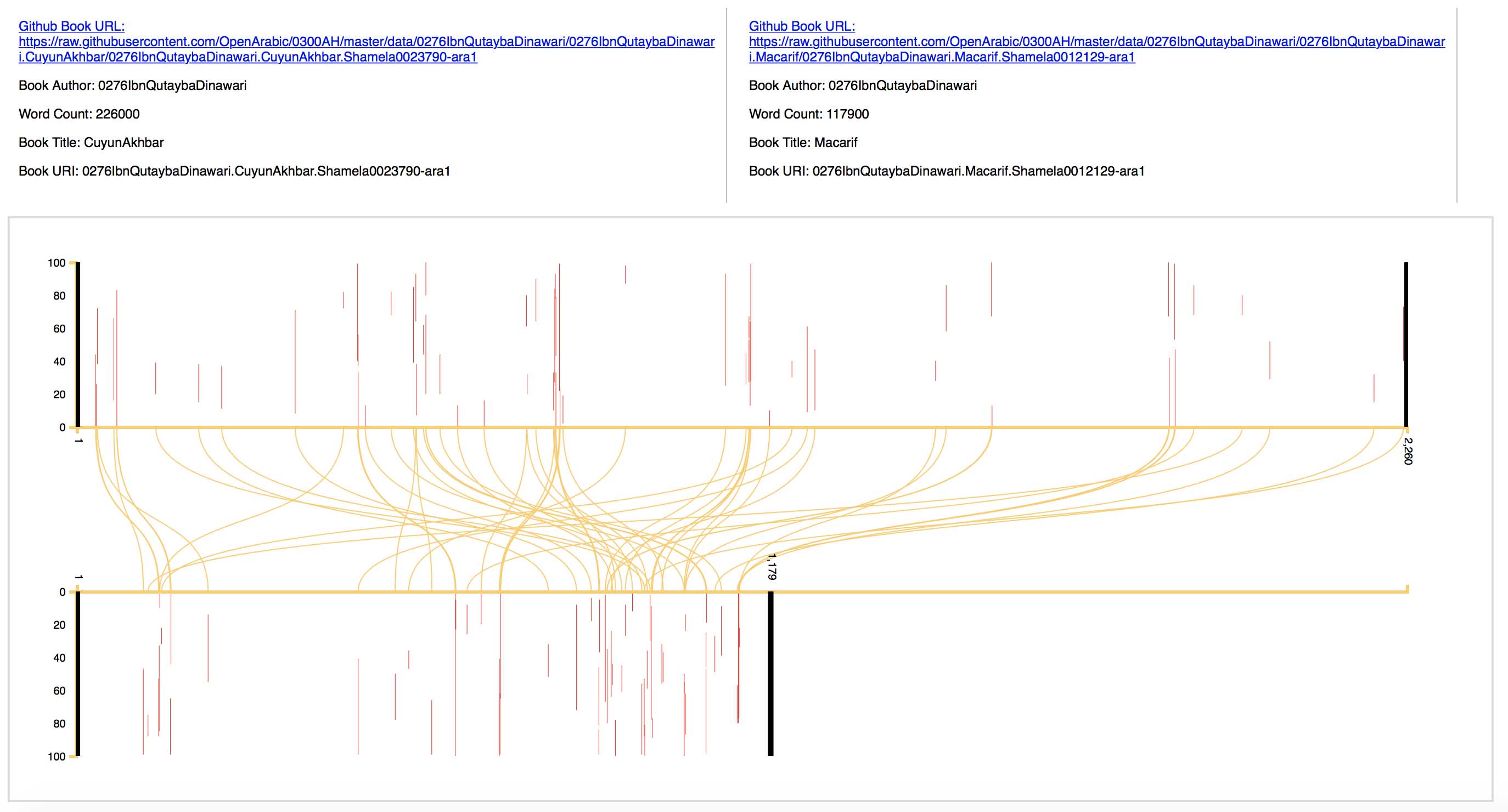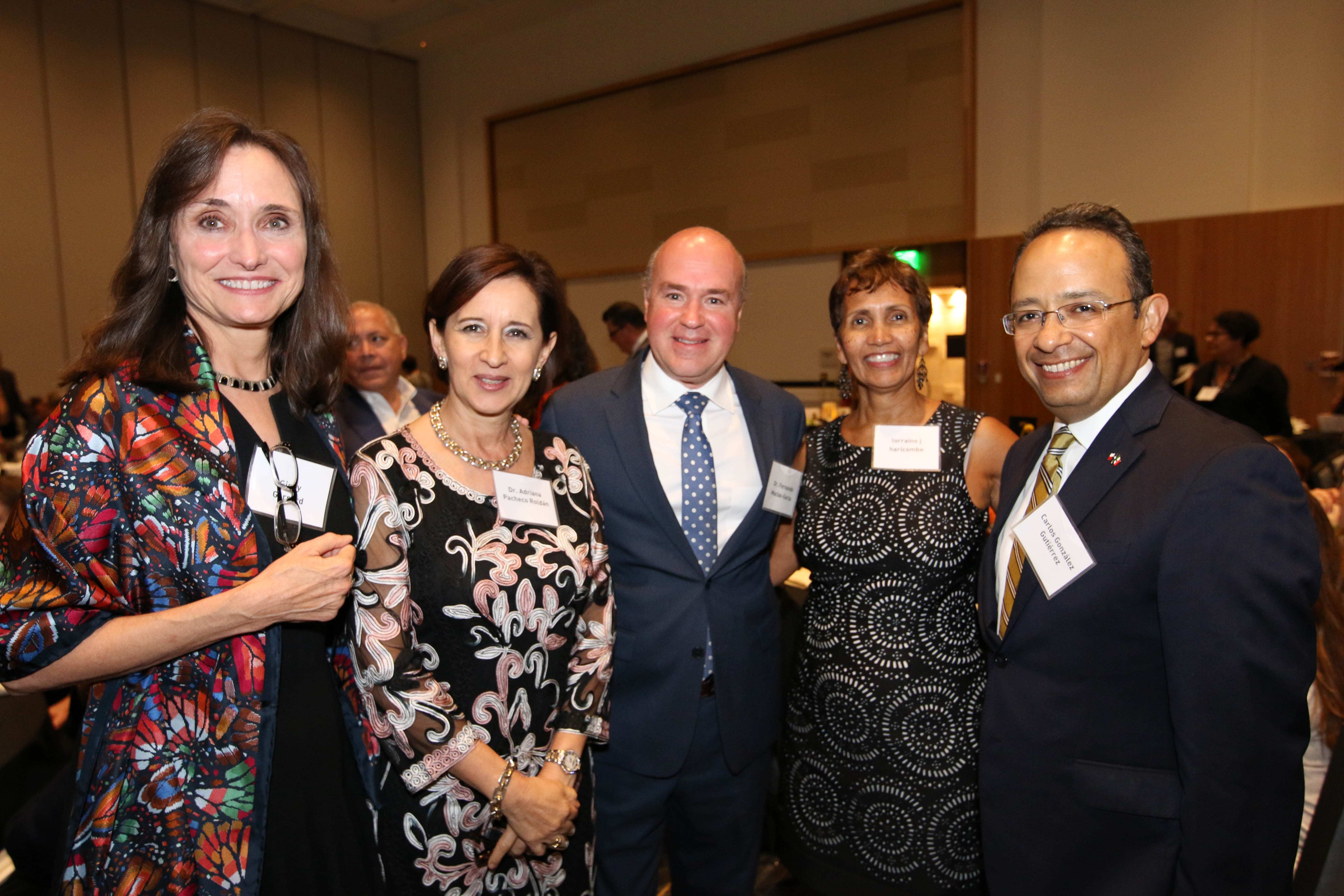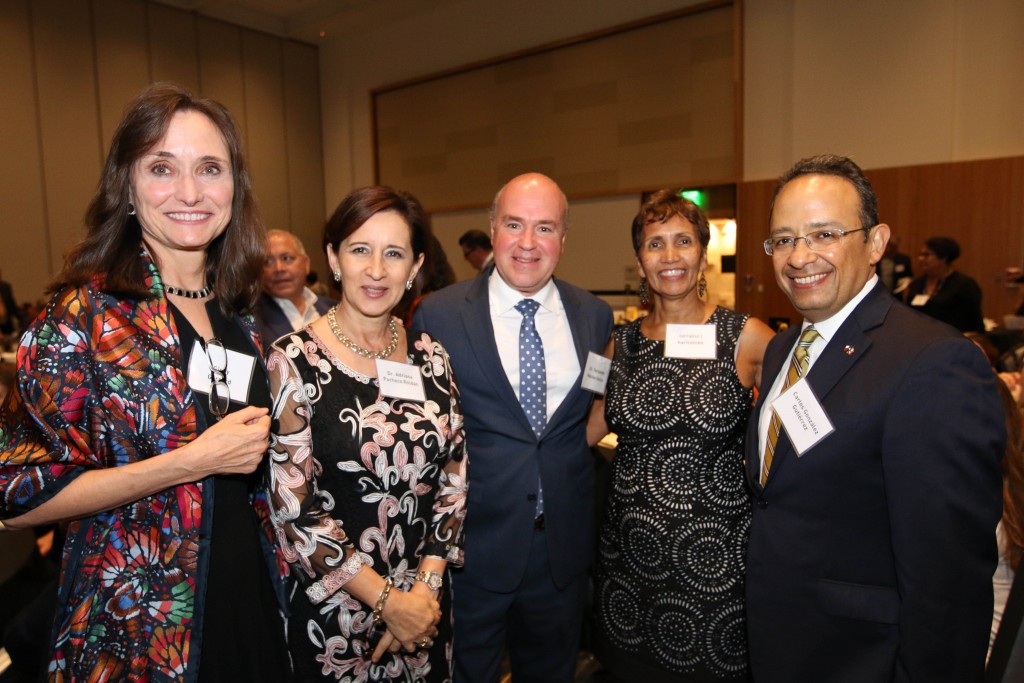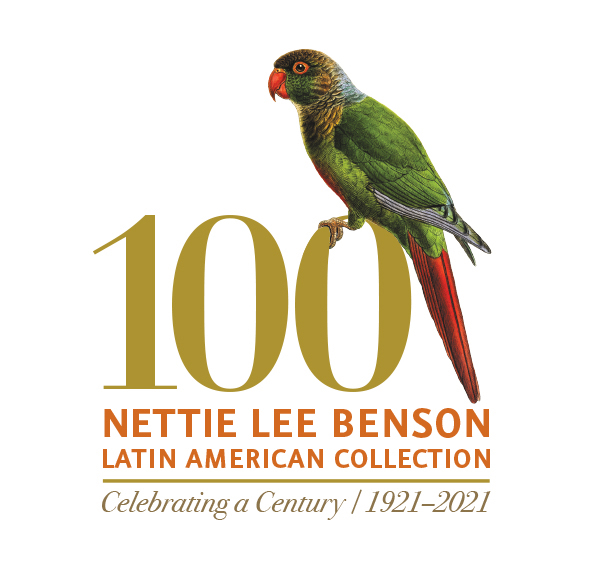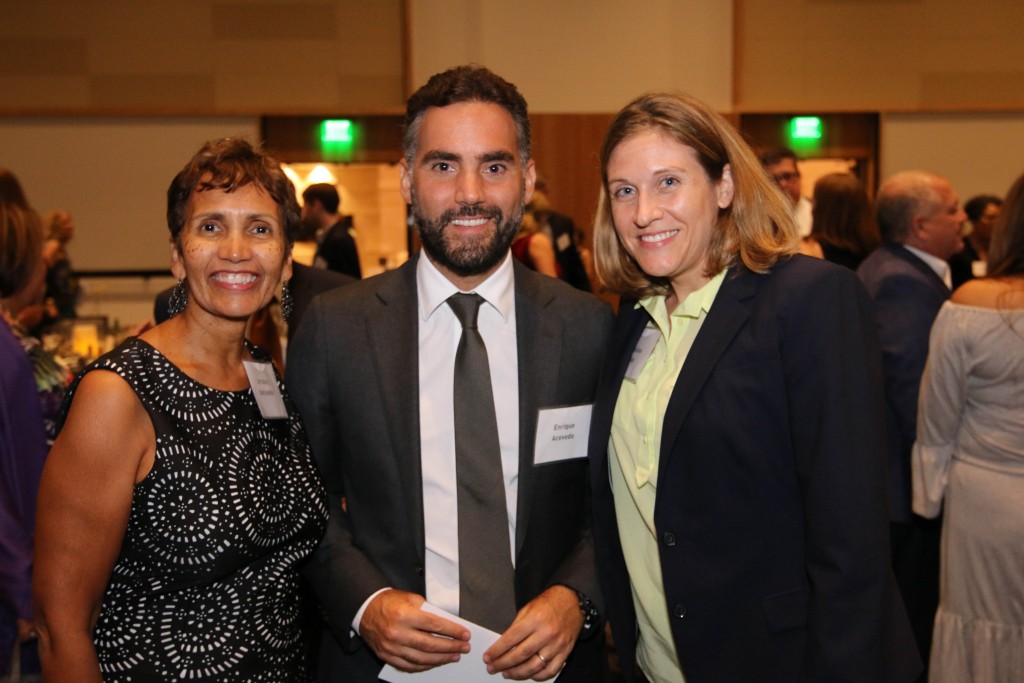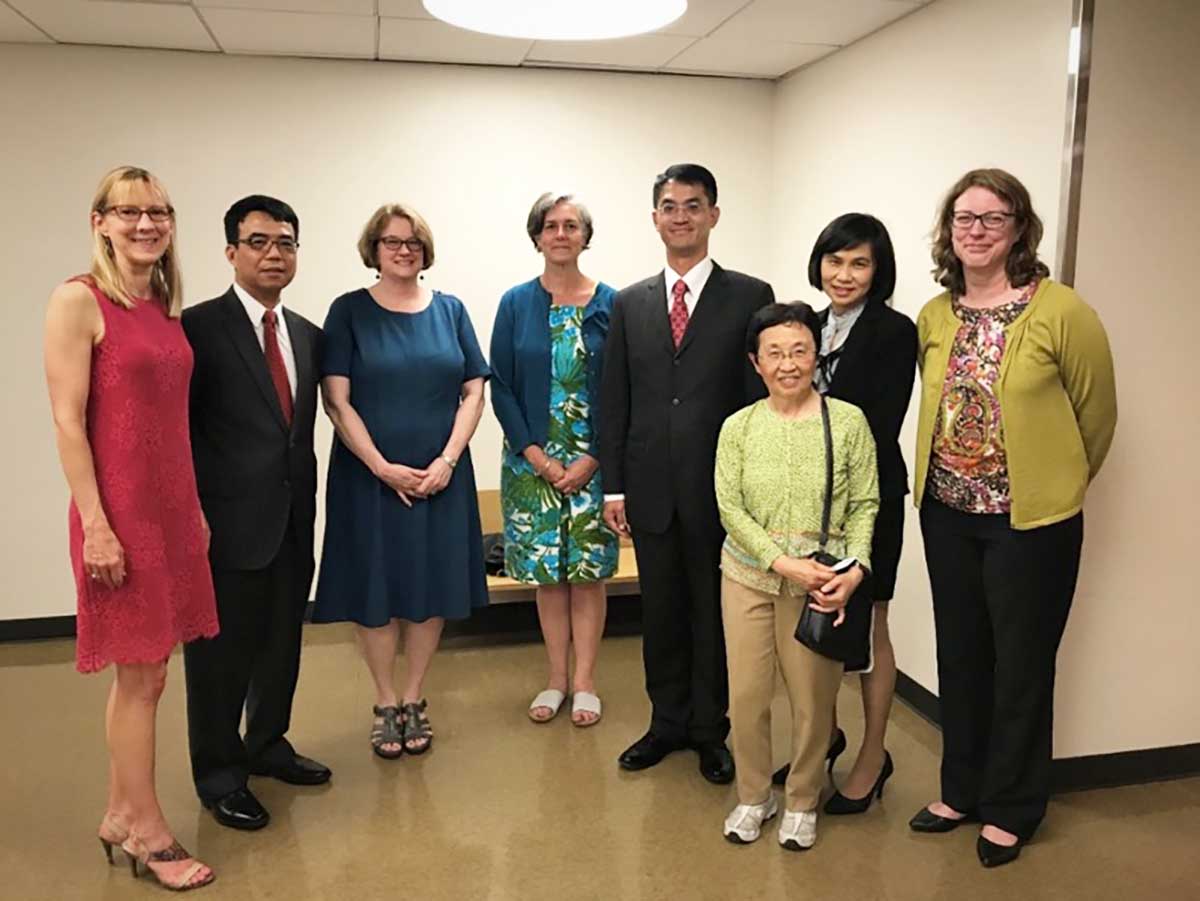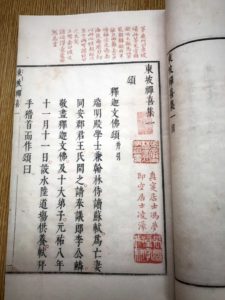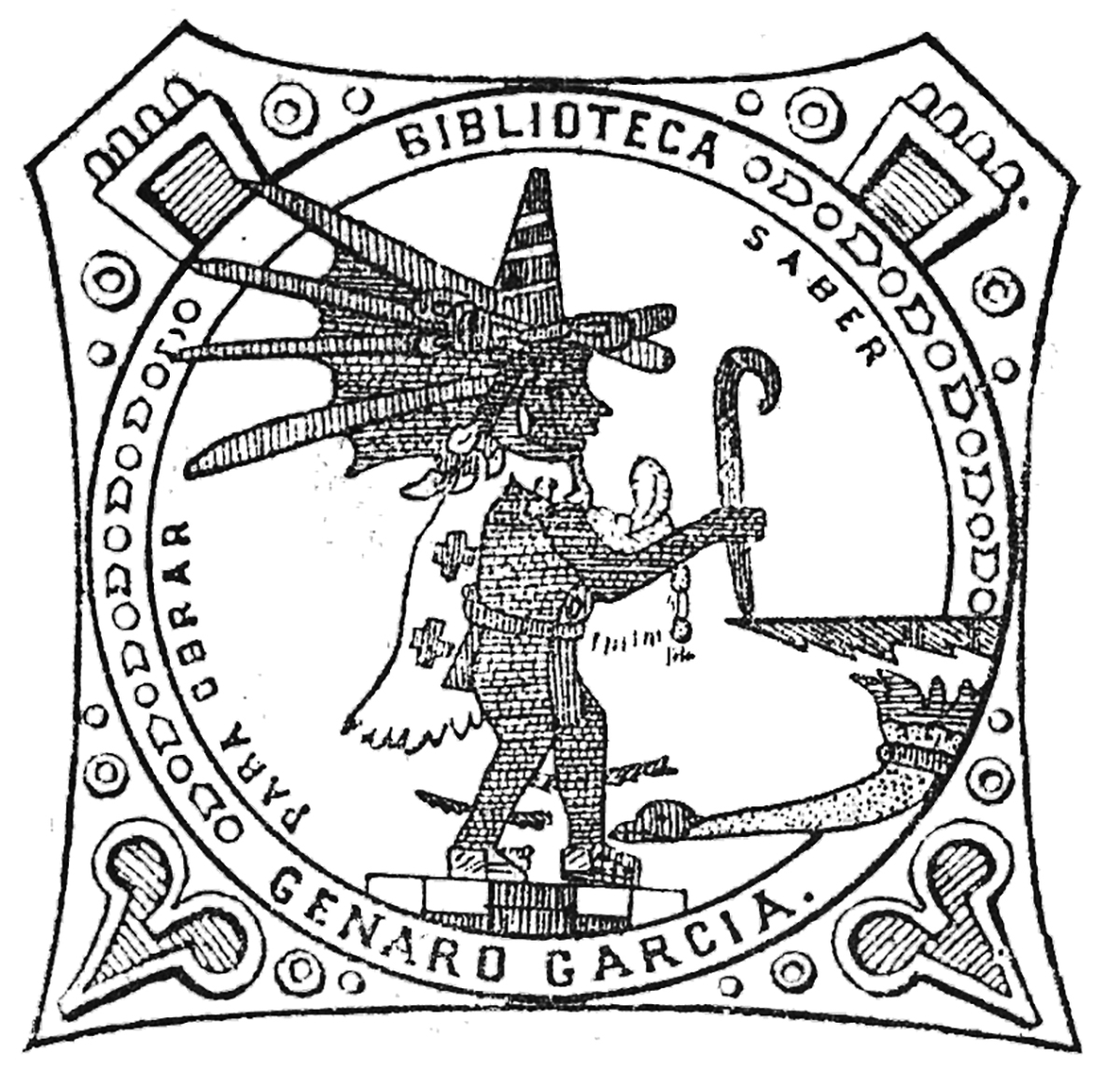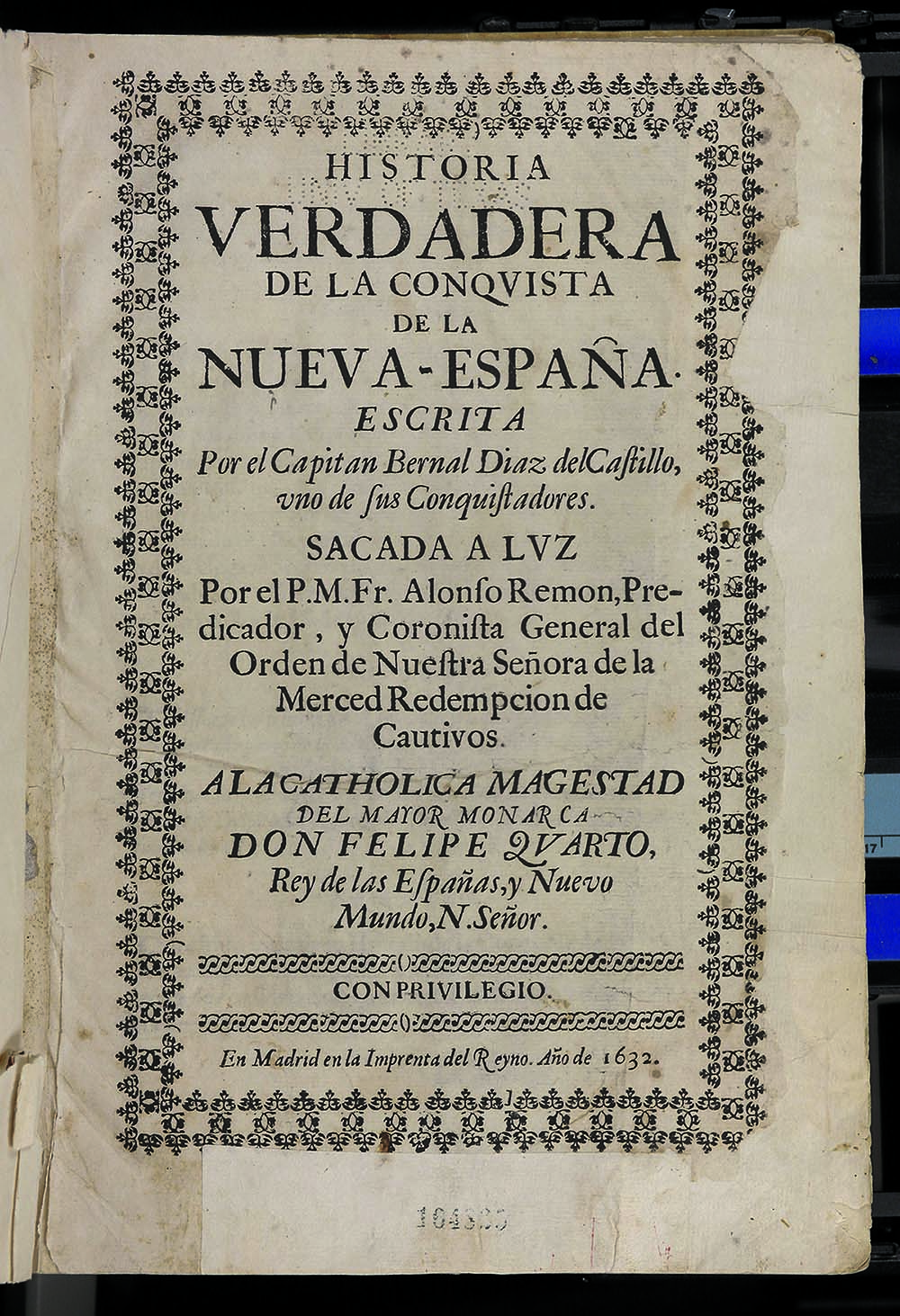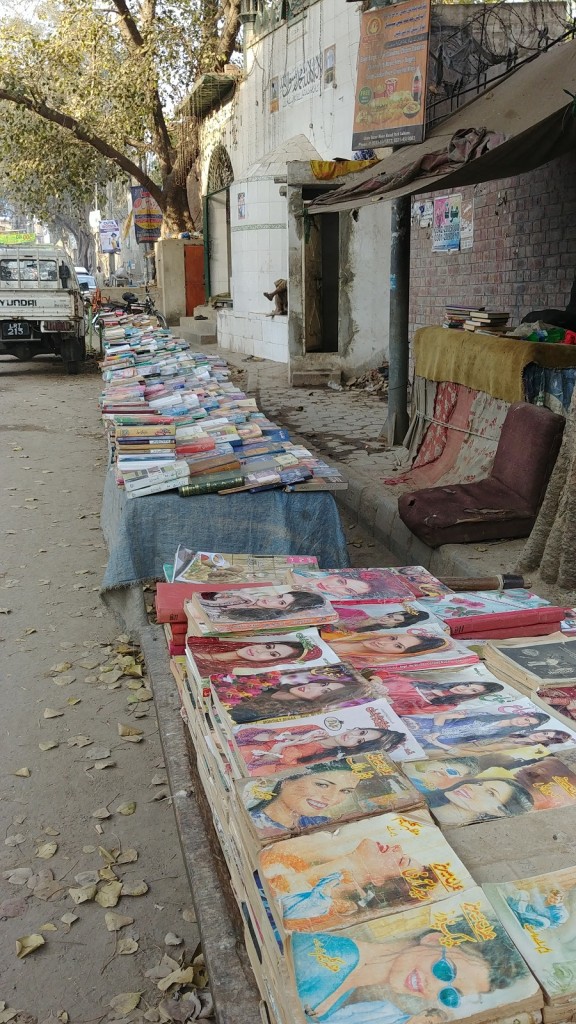
When it comes to acquiring research materials at the tier-1 research level, not everything can be delivered to your front door. There are no routes librarians can explore online to purchase materials because countries do not have the same framework as the US. And even if a librarian discovers a method for shipping, in reality, often it is cheaper for librarians to pack collections with them on airplanes.
To maintain UT’s subject expertise and to help build and steward effective networks abroad, librarians need to go overseas to make negotiations — face-to-face — for one-of-a-kind purchases that distinguish and develop UT’s collections.
Along with acquiring materials, even more important, it is the responsibility of the librarian to set in motion international relationships, and nurture them, and create mutual education with our partners abroad on behalf of the Forty Acres.

The University of Texas at Austin is unique. We are the only university in Texas where librarians travel and function like ambassadors. As a result, our collections serve all researchers in Texas and many of our collection items serve as the only copy for the US. Library projects in South & Central America, Europe, Asia and the Middle East keeps the Forty Acres active in the global community.
This spring, the University of Texas Libraries will embark on a crowdfunding campaign to ensure that $20,000 is raised by April 19 so librarians may make acquisition trips in 2020.
For 134 years, the University of Texas Libraries have committed to building one of the greatest library collections in the world. New knowledge emerges only if we continue to expand the universe of information we make available to the Forty Acres, Texas and the world.
Will you help us build and keep our bridges with the international community intact?
Pre-schedule your gift here: https://tinyurl.com/y7wajbpp

